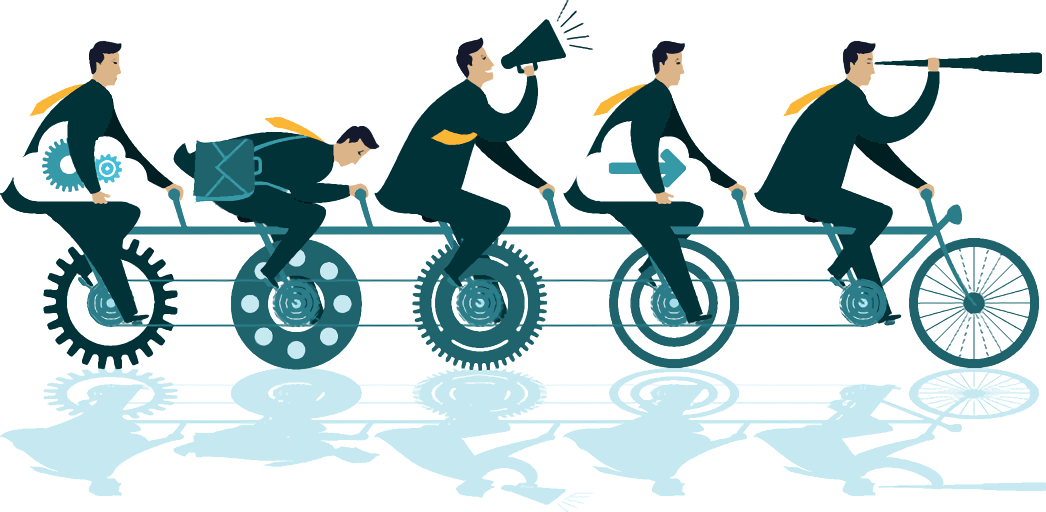
Author: Phil Hartwick
First Published: 2015
“My team is a good bunch of people but they don’t really work much together. And we talk about how we should collaborate more, but nothing really changes. They all go back to doing their own things”. [A common team leader’s complaint.]
Talking about collaborating isn’t enough. Collaboration doesn’t happen magically, particularly if we’re talking more than a couple of people having to work together.
Why not?
-
Because its easier not to.
-
Because it requires people to share and sometimes compromise.
-
Because it takes effort and time.
So it definitely doesn’t happen when all we do is ‘talk about it’.
Here are three things that we know will make a big difference to your team:
1 – Be clear about what people should collaborate on and how it’s going to make a significant difference.
Be selective about where you should expect collaboration. Collaborate on what matters most. Having to expend energy and time to work together on everything just slows everything down and makes people collaboration-weary.
To help determine where you should collaborate, ask yourself and the team:
‘Where will collaboration achieve something that is significantly better than if we work independently of each other?’
Will it result in:
-
better decisions being made?
-
faster timeframes?
-
better service?
-
higher quality?
-
more innovation?
-
or more buy-in from the people who are involved?’
If the team members know and buy into the benefits of the effort required, this will help them be motivated to expend the energy and time.
2 – Get the team to agree how they will collaborate
Get the team to decide and plan how they will collaborate on the things that you together have decided are key.
The team typically won’t do this if their leader doesn’t explicitly set aside the time for this discussion. We recommend teams to set aside time periodically to discuss and come to agreement on:
-
where increased collaboration will have the most benefit,
-
who should do the collaborating, (this may be different from work item to work item)
-
how should they actually collaborate, (Is it by sharing information, sharing work tasks, creative brainstorming, shared decision-making?)
-
how the collaborators will ensure that collaboration continues smoothly?
Using the team to answer these questions for themselves will provide clarity on where the effort is worthwhile, how they will undertake it and give them some practice in collaborative decision-making.
3 – Use the people who are comfortable and maybe even keen to work together
People who are being forced to work together closely rarely work well together.
If your team is full of people who like to work independently and autonomously you will probably struggle to build a collaborative team culture. If building that collaborative team culture is important enough, then the team’s leader may need to make some tough decisions about who is on the team.
And let’s face it, some people are naturally more comfortable working closely with others and of course, these people tend to be the better team players.
So in summary, collaboration doesn’t just happen by talk talk talk.
If you want to raise the level of collaboration in your team, try being clear on what to collaborate on, how the collaboration is going to happen and who needs to be involved.
And don’t forget to get your team involved in the planning!
